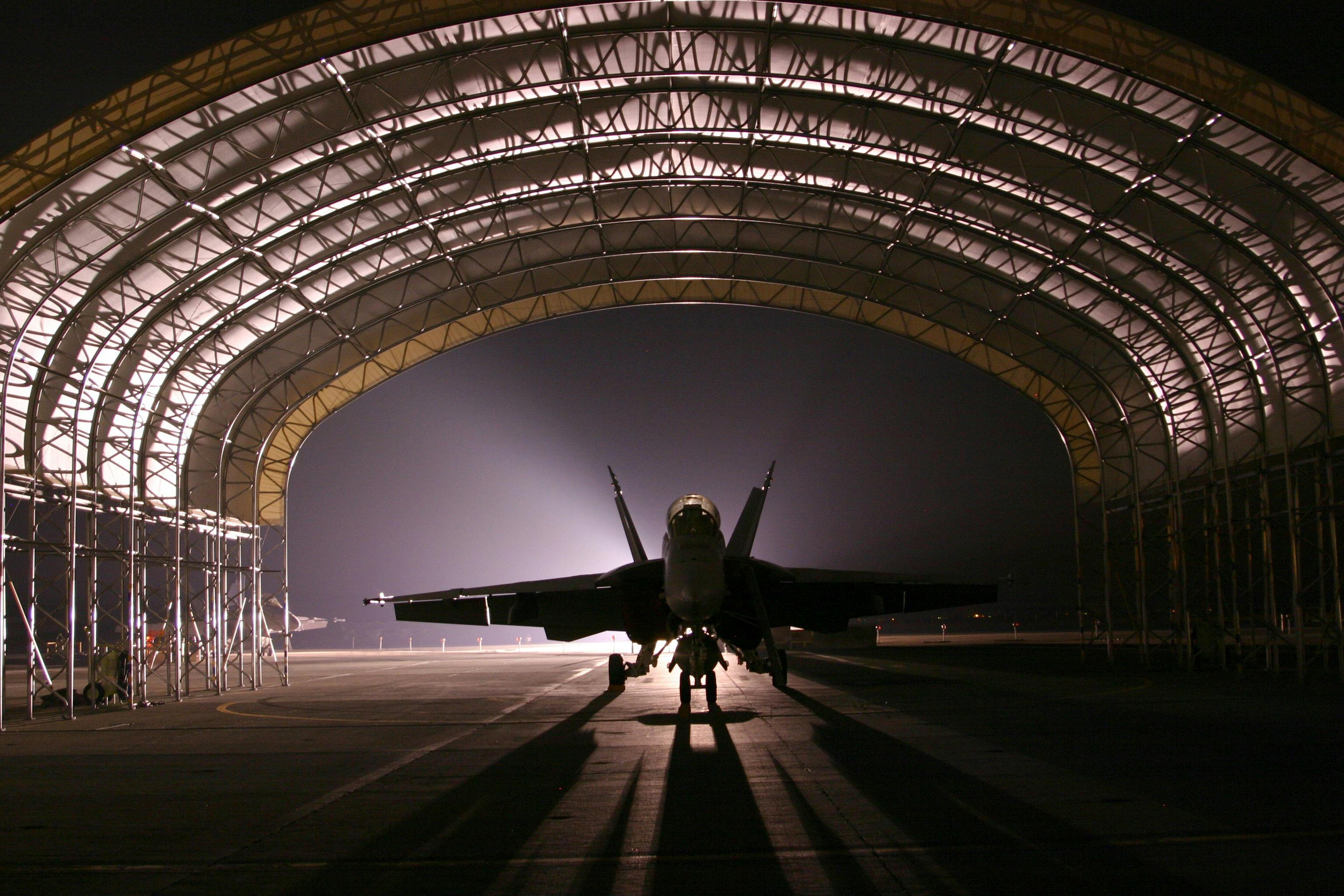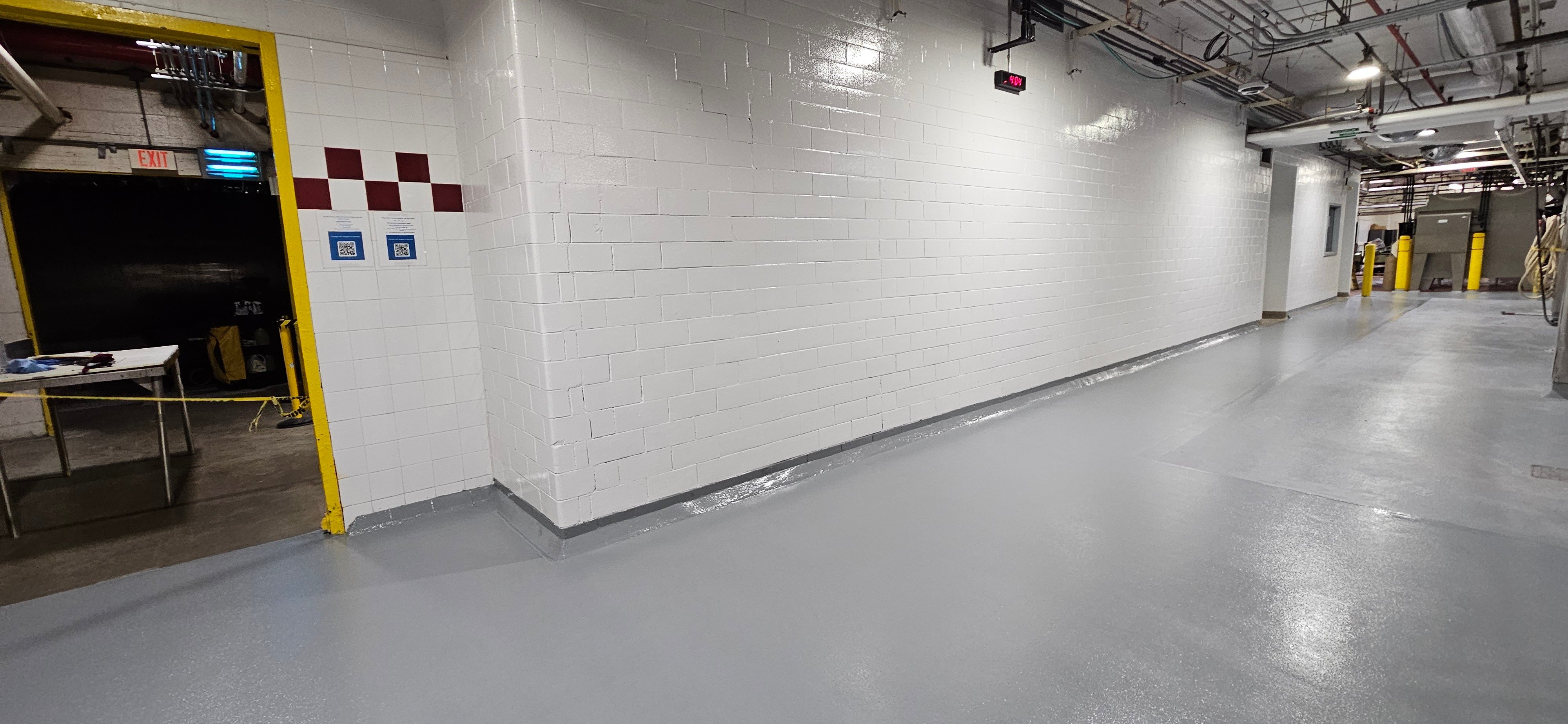
When it comes to aviation flooring, most people think about durability and strength. But did you know that color and gloss are just as important? The right choice of color and gloss not only enhances the aesthetic appeal of an aviation facility but also contributes to safety, operational efficiency, and compliance with industry standards.
In aviation facilities like airports, hangars, and maintenance bays, flooring serves a crucial role in ensuring smooth operations. Color-coded and glossed floors help with organization, provide clear visibility, and ensure that pedestrian pathways and safety zones are clearly marked. In this blog, we’ll explore why color and gloss matter in aviation flooring and how they can make a significant impact on your facility.
Understanding the Role of Color in Aviation Flooring
The right color choices help clearly designate areas, improve visibility, and guide traffic throughout the facility.
Visibility and Safety
One of the primary reasons color is so important in aviation flooring is for visibility. In busy, high-traffic environments like hangars, maintenance areas, and terminals, it’s essential that all areas are easy to identify. High-visibility color choices, such as bright yellows, reds, and greens, make pathways and work areas stand out, helping employees and visitors easily navigate the space.
A brightly colored floor also helps to mark boundaries and designated zones, such as walkways, aircraft parking, and maintenance zones. This helps to prevent accidents by reducing confusion about where vehicles, machinery, and people should go.
Color-Coding for Organization
Color-coded floor markings are often used to designate specific areas for various purposes, including pedestrian walkways, vehicle routes, safety zones, and equipment storage areas. For instance, red lines may indicate restricted zones, while green or yellow could be used for designated walking paths. This organization is crucial for maintaining order in large facilities.
The Impact of Gloss in Aviation Flooring
The gloss level of flooring in aviation facilities is more than just a matter of shine—it significantly influences visibility, cleanliness, and long-term durability.
Improved Visibility and Lighting
Glossy finishes on flooring materials reflect light, which can make your facility appear brighter and more inviting. In aviation environments with large open spaces, such as hangars, polished or glossy floors help to maximize the available light, improving visibility.
Well-lit spaces are safer and more efficient. A glossy floor ensures that the facility is adequately illuminated, reducing shadows and improving visibility in areas where precision is key, such as maintenance bays or workstations.
Enhanced Cleanliness and Maintenance
Glossy floors are easier to clean than matte or porous finishes. The smooth, shiny surface doesn’t allow dirt, grease, or other contaminants to settle into the floor, which is particularly important in aviation settings where cleanliness is paramount.
Durability and Long-Term Performance
Glossy finishes, particularly those applied to epoxy or polyurethane coatings, provide an added layer of protection for the floor. These coatings not only create an aesthetically pleasing shine but also increase the floor’s resistance to wear, impact, and chemicals, which are common in aviation environments.
Compliance with Safety and Industry Standards
In aviation facilities, adhering to safety and industry standards is essential for maintaining a secure environment. Color and gloss in flooring not only improve aesthetics but also play a vital role in ensuring compliance with regulations set by organizations like the FAA and OSHA, helping to meet visibility, safety, and operational requirements.
Regulatory Requirements
Many aviation facilities are required to meet specific safety and industry standards, including those set by the Federal Aviation Administration (FAA) and Occupational Safety and Health Administration (OSHA). Proper color and gloss levels in aviation flooring help ensure that these standards are met, especially in regard to visibility, safety zones, and pedestrian pathways.
For example, FAA regulations require clear demarcation of certain areas to ensure safe operations of aircraft and ground vehicles. Using high-contrast colors and glossy finishes ensures compliance with these regulations and reduces the risk of safety violations.
Why It’s Important: Compliance with industry regulations is not only necessary for operational efficiency but also to avoid penalties, shutdowns, or legal issues. The right color and gloss can help ensure your facility adheres to these standards.
Improved Safety Signage
In addition to safety zones, color and gloss in flooring can enhance safety signage. When combined with the proper signage, color-coded floors provide a visual guide to workers and visitors. For instance, red-painted areas can indicate no-entry zones or hazardous areas, while yellow can denote areas where caution is needed.
Why It’s Important: Clear signage and markings contribute to a safer workplace by ensuring everyone knows where they can and cannot go, which reduces confusion and prevents accidents.
The Best Flooring Materials for Aviation Facilities
When considering the application of color and gloss in aviation flooring, it’s essential to choose materials that not only look good but also provide the necessary performance characteristics. Here are some of the best flooring materials for aviation environments:
- Epoxy Flooring: Epoxy coatings offer excellent durability, chemical resistance, and customization options for color and gloss. Epoxy floors are ideal for areas that require easy cleaning and maintenance while providing a professional, high-gloss finish.
- Polyurethane Flooring: Polyurethane is known for its flexibility and impact resistance. It offers a smooth, glossy finish that is highly resistant to chemicals and abrasions, making it suitable for heavy-duty areas in aviation facilities.
- Polished Concrete: Polished concrete floors provide a sleek, glossy appearance that is both durable and low-maintenance. When combined with a high-gloss finish, polished concrete enhances the aesthetic appeal of aviation facilities while offering resistance to wear.
Conclusion
Choosing the right color and gloss for aviation flooring is not just about aesthetics. The right combination of color-coded lines and a high-gloss finish can significantly improve safety, cleanliness, and compliance in aviation facilities. Whether you’re installing flooring in a hangar, terminal, or maintenance bay, the color and gloss of your floors can enhance operational efficiency, reduce accidents, and maintain a professional, functional environment.
By selecting the right flooring system and ensuring proper color and gloss, aviation facilities can create a safer, more efficient space for employees and visitors alike. Investing in the right flooring not only helps meet regulatory requirements but also improves the overall performance of the facility.
Ready to enhance your facility’s safety, aesthetics, and functionality? View our full selection of color options for CustomCrete flooring and find the perfect match for your space today!
Topics:












.jpg?width=2048&height=1365&name=CC103622%20(2).jpg)
.jpg?width=1200&height=1600&name=Copy%20of%20IMG_1457%20(1).jpg)











